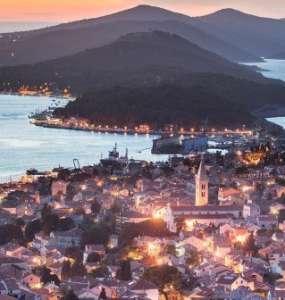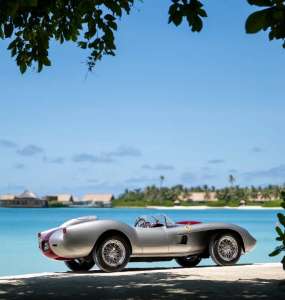To Colombia with Victoria Chekurda
Who was indeed Pablo Escobar? How do you get the most delicious coffee? What snakes are to stay away from? What could be scarier than pyranhas in the Amazon river? What's the most complicated tourist quest? Victoria Chekurda has found out everything in Colombia.
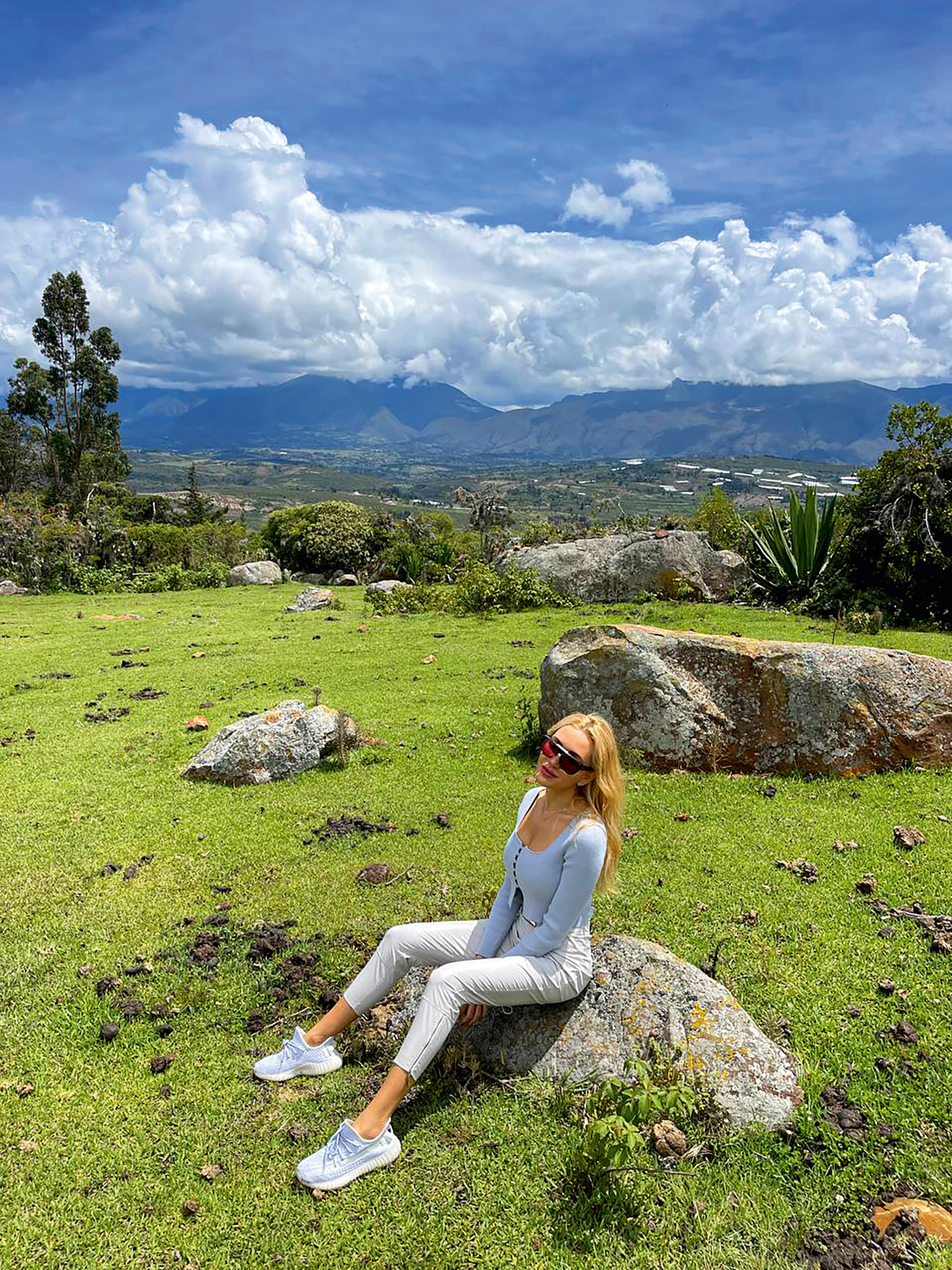
Never have I dreamt of visiting Colombia. It was our friends who invited us to join. But the country captivated us.
We have seen it from every angle, both from air and water, been to Medellín, Escobar, Bogotá, Leticia and on the Caribbean Islands. Colombia's nature is stunning. The country has 88 climate zones and all four seasons at a time. When I read that the temperature ranges from 13 to 39 degrees I suspected a mistake. But no: from a winter sweater and boots to a swimsuit and slippers there's an hour's flight.
Cartagena impressed me. The city looks like a doll's house with carriages, parrots, music, women in folklore dresses and with baskets on their heads, stores and galleries of local designers and colorful cafes.
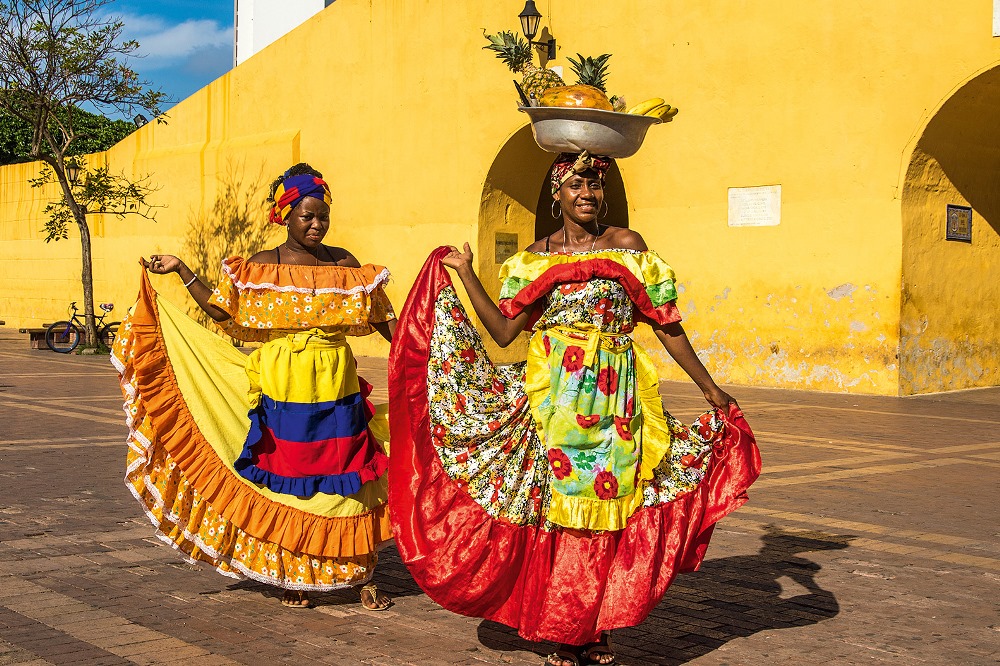
We have been to the central square of Leticia by night. Millions of parrots fly here from the forest, and for a moment the square is drawned in the humming and clapping of their wings, then the silence settles over.
We have visited Villa de Leyva with an incredible monastery and seen Guatavita Lake in the Colombian Andes. Legend has it, the Indians hid their treasures beneath the water. But the emotion of a lifetime was the Salt Cathedral of Zipaquira, built by the Indians in a salt deposit 200 metres below the ground. There's a giant cross carved from salt. The place is so spiritual that even Vatican priests have conducted a service here. And it's not just a temple, there's a tourist area with an underground café, souvenir shops and entertainment programme. A definite world's wonder.
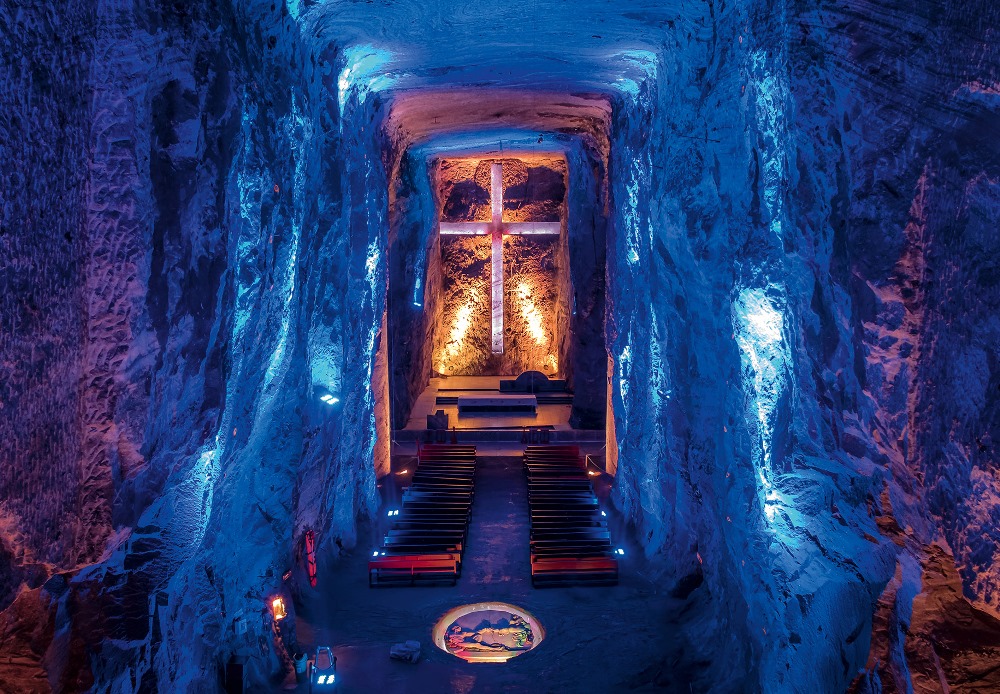
Colombia is the only place in the world where Quindio wax palms, reaching up to 70 metres high, still grow. A real power spot.
We made nine domestic flights, and I was anxious about planes, but I shouldn't have. The aircraft are all new, with TVs on board, a menu of drinks and snacks.
There's no subway in Colombia, but they have a separate metro line on the ground. And in Medellín even above the ground, reminding a ski gondola.
In order to prevent traffic jams, cars are divided in two groups: with even and odd numbers. And only one group can be on the road at a time. So those who can afford it, have two cars to be on wheels whenever they need it.
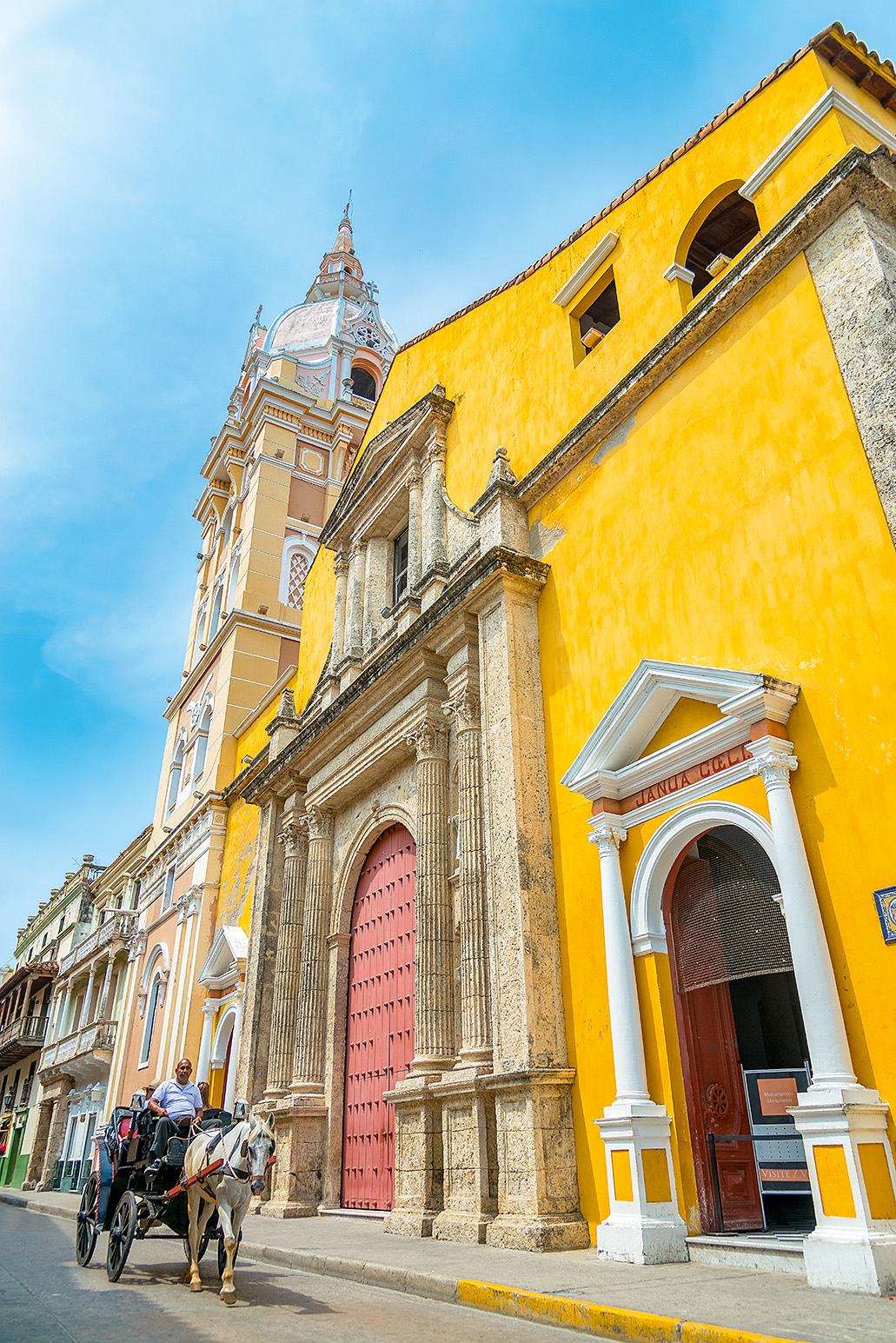
Find vegetables. Mission impossible
Colombians eat a lot, with each serving as big as if it were intended for 4. The food is delicious, good enough to satisfy any gourmet, but it's rich in fats and calories and based on meat, first of all, chicken. Even those in our company who generally don't eat poultry called it their favourite dish in Colombia. Fish is not that popular, even in coastal regions.
As a vegetarian, first days, I struggled to find dishes to suit my dietary needs. Their menu is poor in produce, but for corn and potatoes. Their breakfast consists of eggs, meat, corn buns and other baked goods but no cucumbers or tomatoes. For dinner they will serve you chicken with potatoes. And when we take an apple as a snack, they pick a corn bun with cheese filling or cheese with jam and a waffle.
You can find all sorts of fruit and vegetables on the market. But not used to eating it, they don't know how to get the best of it. For example, they let cucumbers reach the size of zucchinis when they have no taste, no flavor and no texture. And bananas they eat cooked or coasted in honey. The best food I tried in Colombia was at the road cafés. Here we ate the exceptional meat and soup and for a modest price.
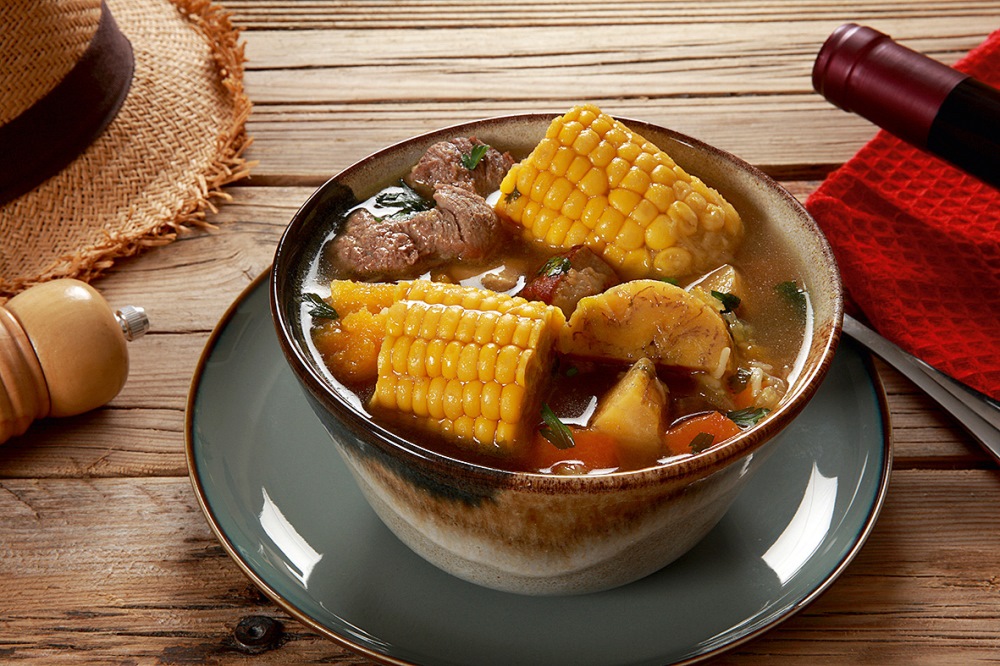
And you will hardly find any tea there. You can order it at a hotel, a mediocre drink from a bag. What they specialise in is coffee, hot chocolate, cocoa with salt cheese (they dip a slice of cheese and let it melt). They only have herbal tea: with camomile or mint, and they use it for treatment. So no traditional tea ceremonies.
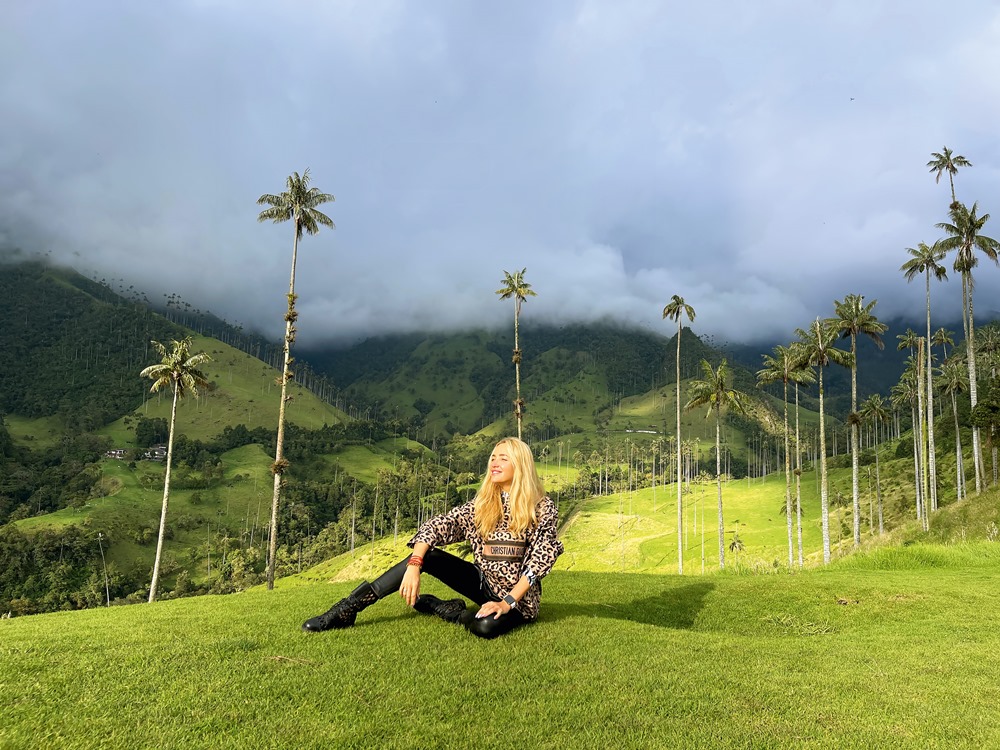
Locals and their mindset
The Colombians are very positive, patriotic and family oriented. On the weekend, they spend their time with their family at a cafe and can drive hours to meet.
They travel a lot across the country. Airplanes on domestic flights take off every 12 minutes, and each time they are full.
The Colombians are very sporty. Since 6.00 a.m., they are on the move, jogging, and on Sunday they block central roads for cyclers and rollers, millions of them. They also adore dancing. Even to a bar they come to dance: have a little drink and keep on moving to music. It's not to get aquainted and not to find a friend, but for the sake of dancing. It's a real pleasure for them.
.jpg)
Even the excess weight, and there are many overweight people among locals, doesn't prevent them from dancing. Their beauty standards are opposite to ours, and women not blessed with round forms resort to assistance of a plastic surgeon (his services are cheap in Colombia). A couple of times, walking around the city, I heard locals talking about me sympathetically: "Invalida." They take pride in their weight and put an accent on it. Plump women get compliments from men: "Bella, Bella". And they do feel like a queen and are treated as such.
Another thing you've got to know about the Colombians is that they have a focused attention. You have to ask for one thing at a time. Like ordering a glass of water and after that juice. Otherwise they will bring you nothing. This is true even at the expensive restaurants, although not to such an extent.
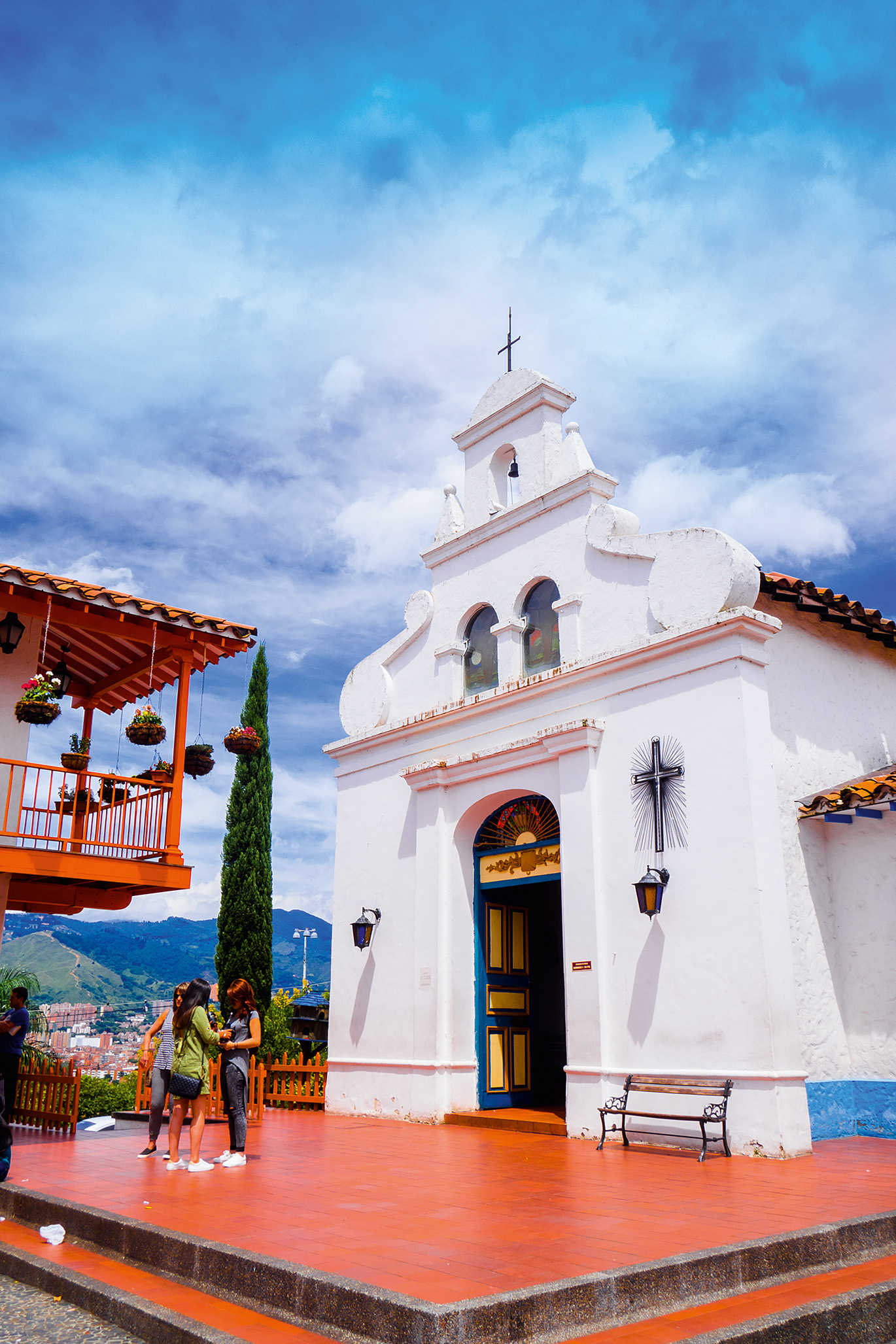
High-risk areas
When we hear about Colombia and terrible stories that happen there it is true to the first and second districts, the poorest and most disadvantaged ones. They still have sicarios, and there's price list for their services on the Internet. Some kids don't want to be astronauts, but sicarios as their father or uncle instead. I mean, crime rate is high here, but it's limited to the first and second districts. Those living in a civilized fifth or sixth district pay high taxes, and there are police at every step. We were told that if somebody steals your smartphone in the first district, the police won't even lift a finger, because it's your own fault after all - you should have avoided the place. But if the same trouble happens to you in the safe area they will leave no stone unturned and sentence the robber for 8 years in prison.
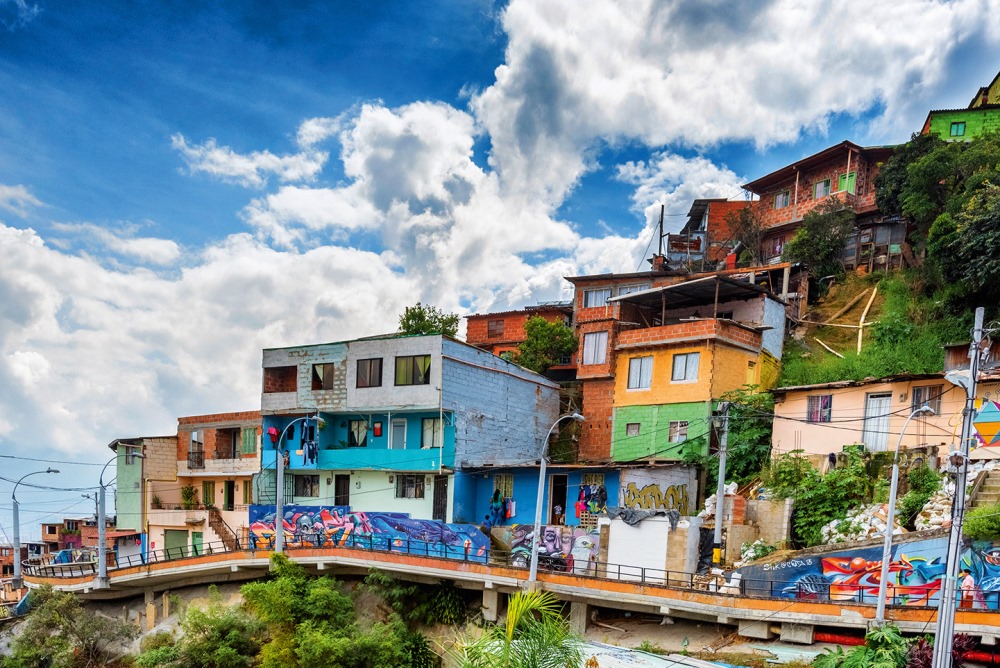
If you want to go to a notorious neighborhood, you'll have to get a guide from locals. In that case you pay for your safety there. We've been to the 13th district of Medellín, the Sicario area, and I've yet to see a more art-oriented place than that. People are dancing, singing, drawing in the streets. But we were with four guides, of which two were locals.
Even a greater concern to the safety in the street pose not Colombians but Venezuelans. Venezuela has an unprecedented poverty and unemployment levels, so people cross the border to find some means for living in the neighboring Colombia. They rob, they kill, they get deported but still try to find a better destiny. So even in the safer areas you have to watch out and keep your mobile in the bag.
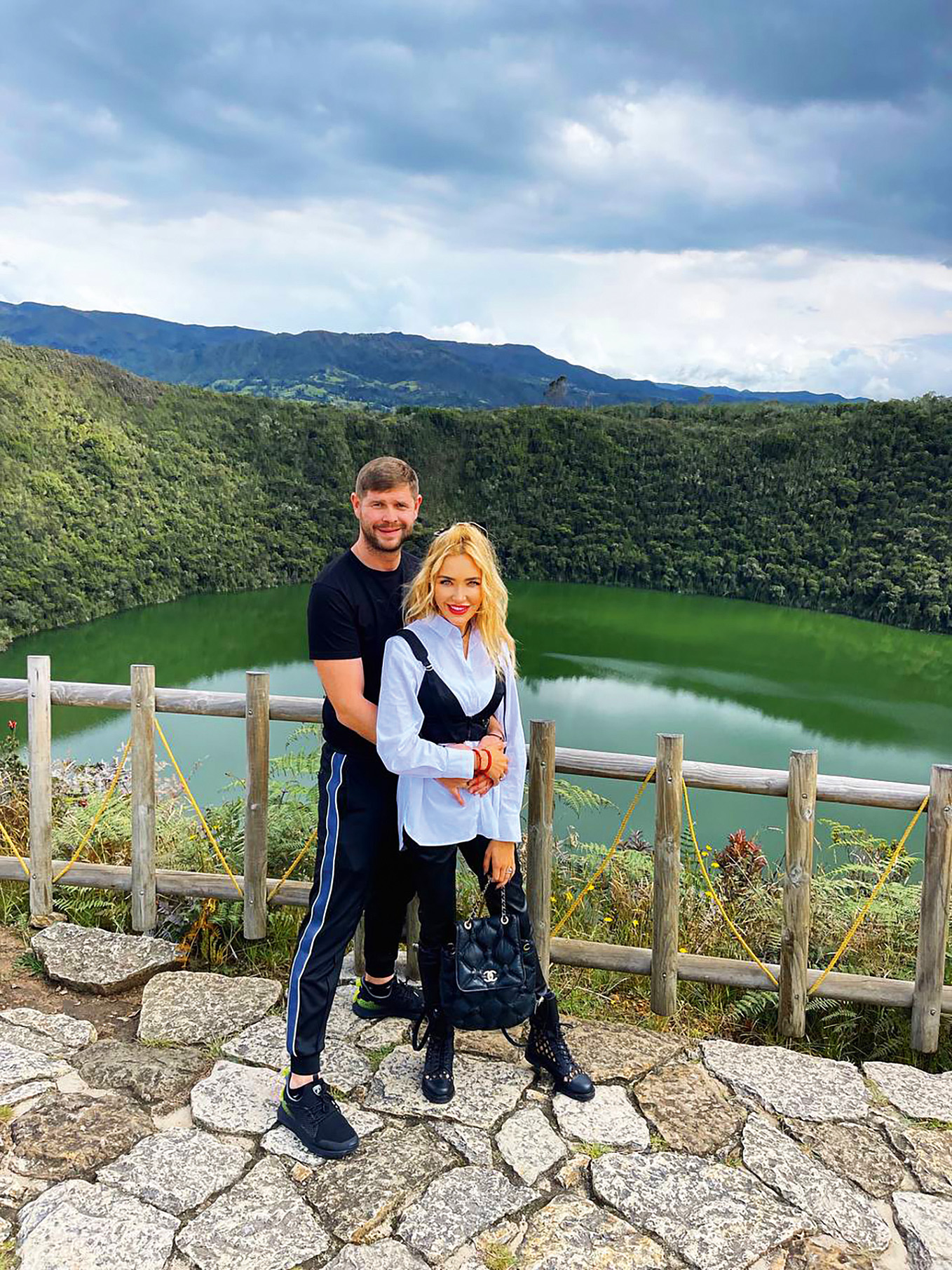
The happiest people
I remember when we went to the Masai warriors in Kenya, I didn't like it because it felt like a theatre. And when I have heard about visiting indigenous people in Colombia I hesitated. But it turned to be a completely different impression. We have prepared for the visit of Indian tribes: bought sweets for kids. First, the local kids were afraid of us. But we soon befriended, and as we sailed back on a canoe, they jumped into the Amazon to see us off.
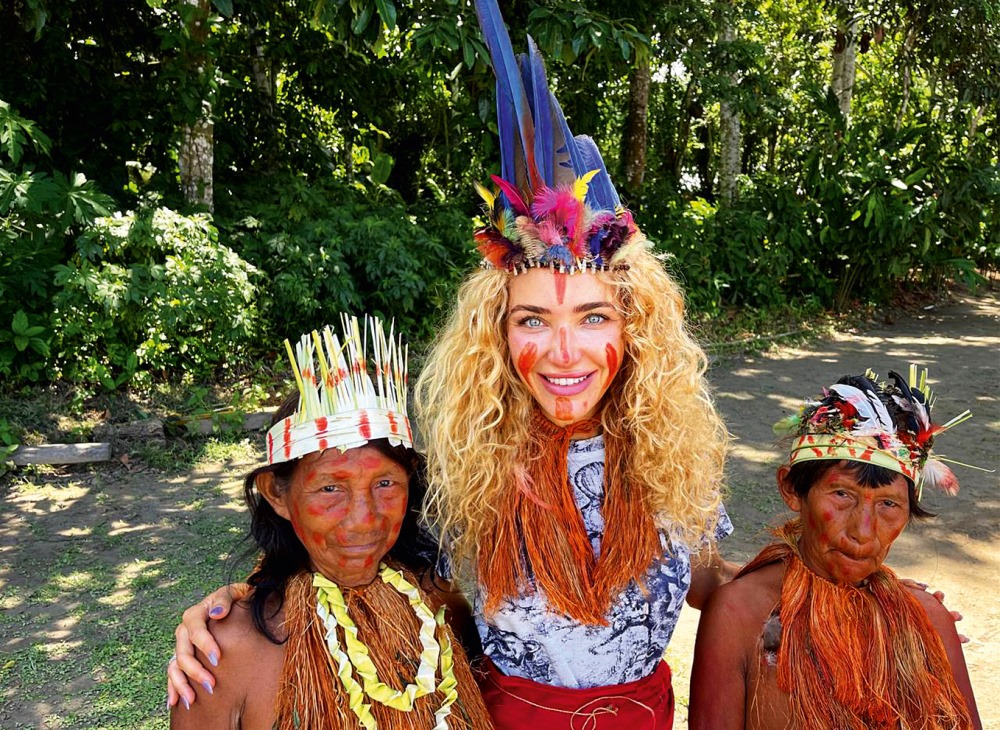
Both kids and adults there are kind and content. And that gives food for thought. You see people who lack basic comforts and they feel happy. Whereas you, having so much, a longing for something you don't no what. They have no TVs, and electricity for several hours a day, and all their leisure is to watch kids playing football. Boys have one ball, and when there's none, they make it. A candy can make them jump with joy.
We ran into local tribes once again when we went to the island of monkeys. I don't know who they are. They were just sitting there, we came in, asked to take a picture. They agreed.
Call of the wild
If it were for me to decide I would omit this part of the journey. But the man's part of our company was very determined. The Amazon is muddy, but the girls swam and said the water's warm. The river is full of piranhas, but the guide has persuaded us not to be afraid of them. They can bite, but the closed wound is not dangerous. Who you should really stay away from is a small fish, up to 5 cm, which can get into a human's body through the orifices and live inside. So God forbid you from urinaing in the Amazon.
The jungle is a little creepy. It's not Africa where you can stay at a luxury lodge. In Colombian jungle you have a modest tent with no hot water and electricity for two hours a day. So accumulators are essential. And animals can get inside your room. Once I saw a tarantula beside a mirror. I screamed, and the guide frightened it away. The spider hid under the roof. My husband fount it in his hat next morning.
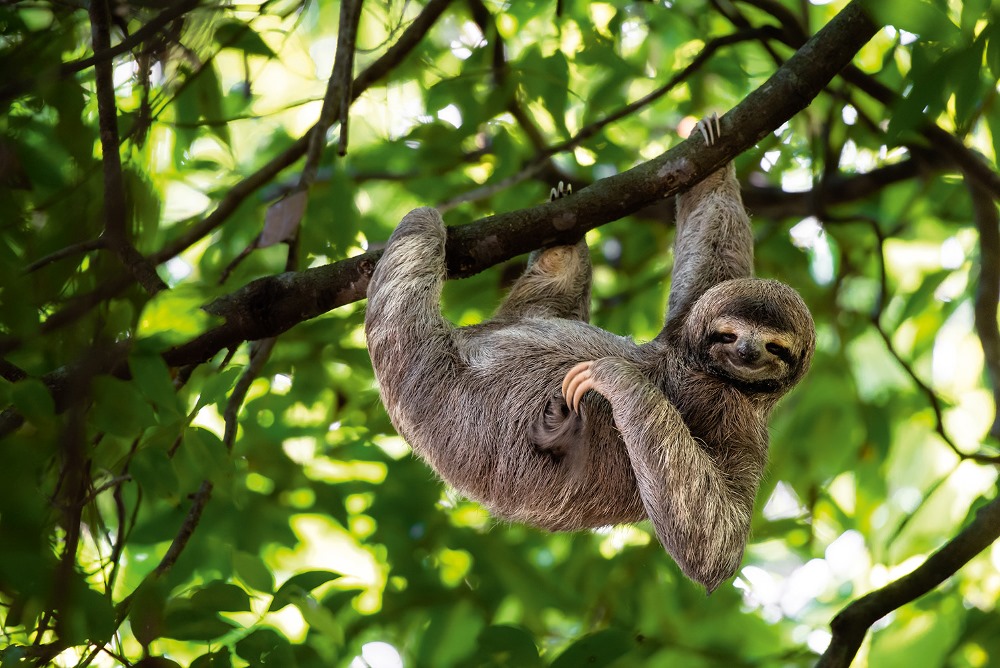
We went to see the caimans at night. Our ranger got a little crocodile out of the river with his bare hands and said, "You're very lucky, it's a baby, you can play with him and even take a picture. 'Cause I usually meet adult animals, and I can only show them to tourists and get them back to the river. The point is to hold a caiman right, then he can bite, but he won't hurt. The guide even singed "Jingle Bels" pretending to hypnotize the baby. And the caiman was really lying as if charmed. He didn't know what was going on. Of course, he was released, and the ranger said it will do he good, as he would be more cautious. Maybe, but I had mixed impressions.
The Amazon is teeming with caimans. From the boat you see their glittering eyes. There are crocodiles of six species. We also met sloths and birds of over a hundred varieties.
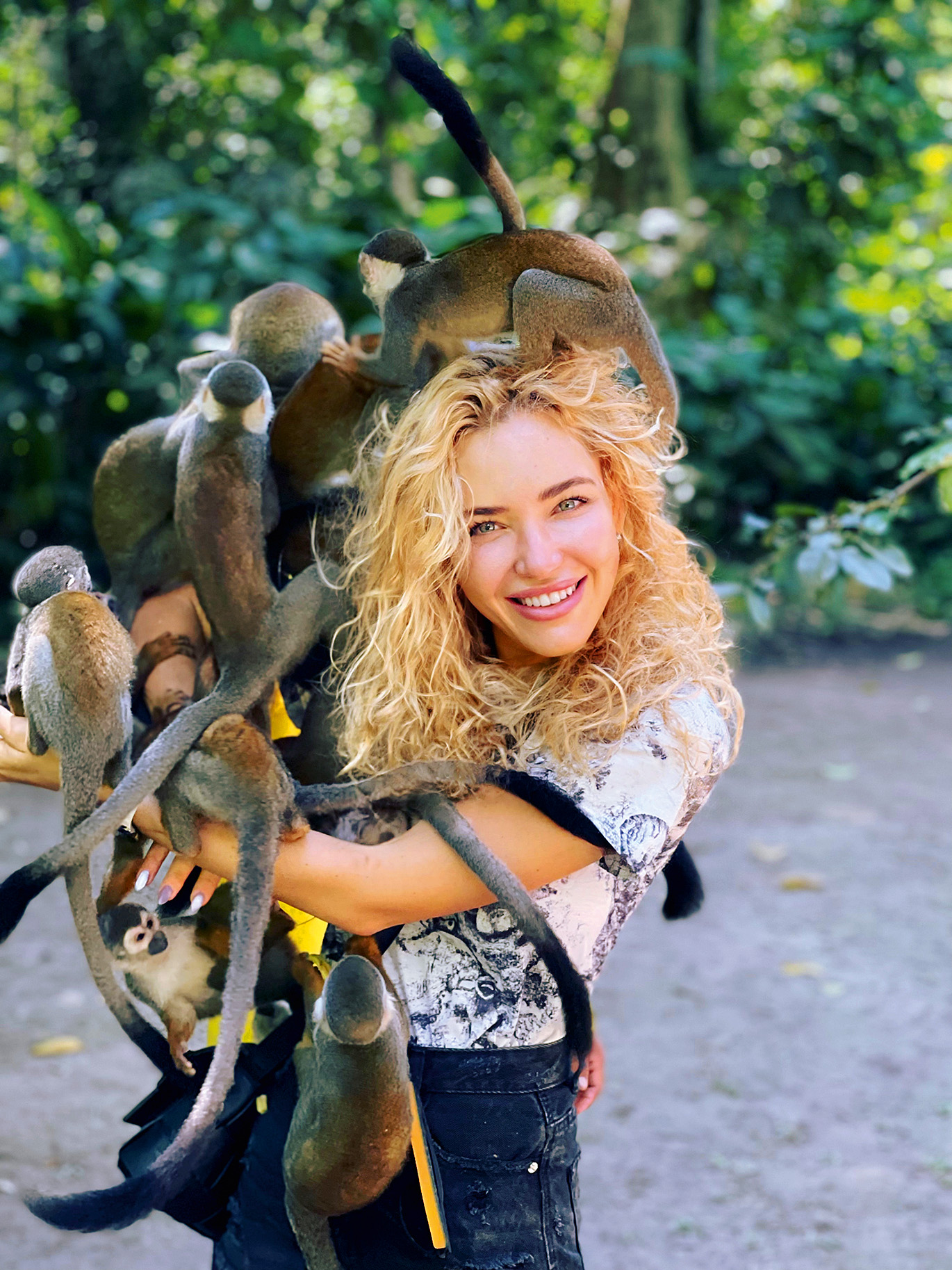
In addition to the night canoe tour we had safari in the jungle. In the dark, we were looking for cobra and jaguar. I mean, it was our ranger who wanted to encounter them, I actually didn't. And we were lucky not to meet those predators. The guide explained that to see them you need a week-long tour with nghts in hammocks, spiders, snakes and other jungle inhabitants. Full merging with nature.
Twice there was storm with thunder. We saw owls, poisonous snakes and spiders and giant frogs. As locals say the main is not to be afraid because the forest is alive, sacred, and every animal or insect feels your fear and fears you more than you do. Ranger explained that the snakes should be guarded when she turns into the ring. Then she could attack. If she just crawls on her own business, she's the first one to run away from you. And it all through the jokes.
We went fishing. Looking at our modern spinnings, the ranger said, "No, that won't do." And gave us a normal stick with a rope. With it I caught three fish. Jungles live by their own laws, unfathomable to urban dwellers.
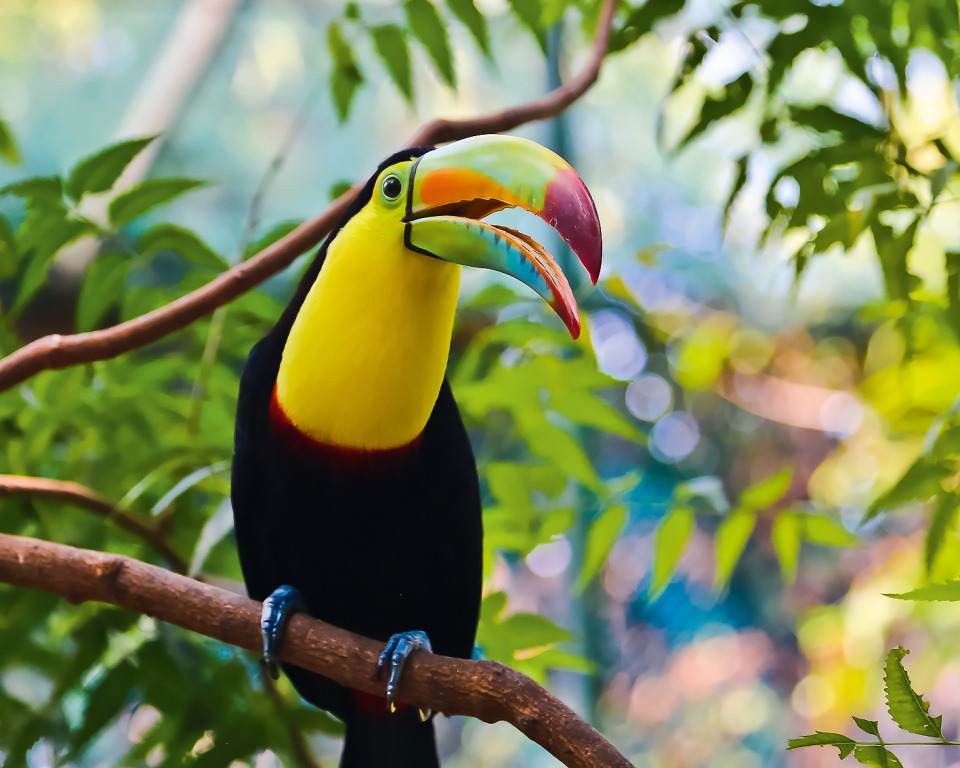
A taste of premium coffee
Personally, I don't think much of Colombian coffee. Only once, at a hotel, I tasted coffee I liked. But at the coffee plantation, we have been told that from the start we were used to the wrong coffee. The right one is arabica, and they taught us how to choose it. The good drink should have slightly acid taste, and not a sweet one.
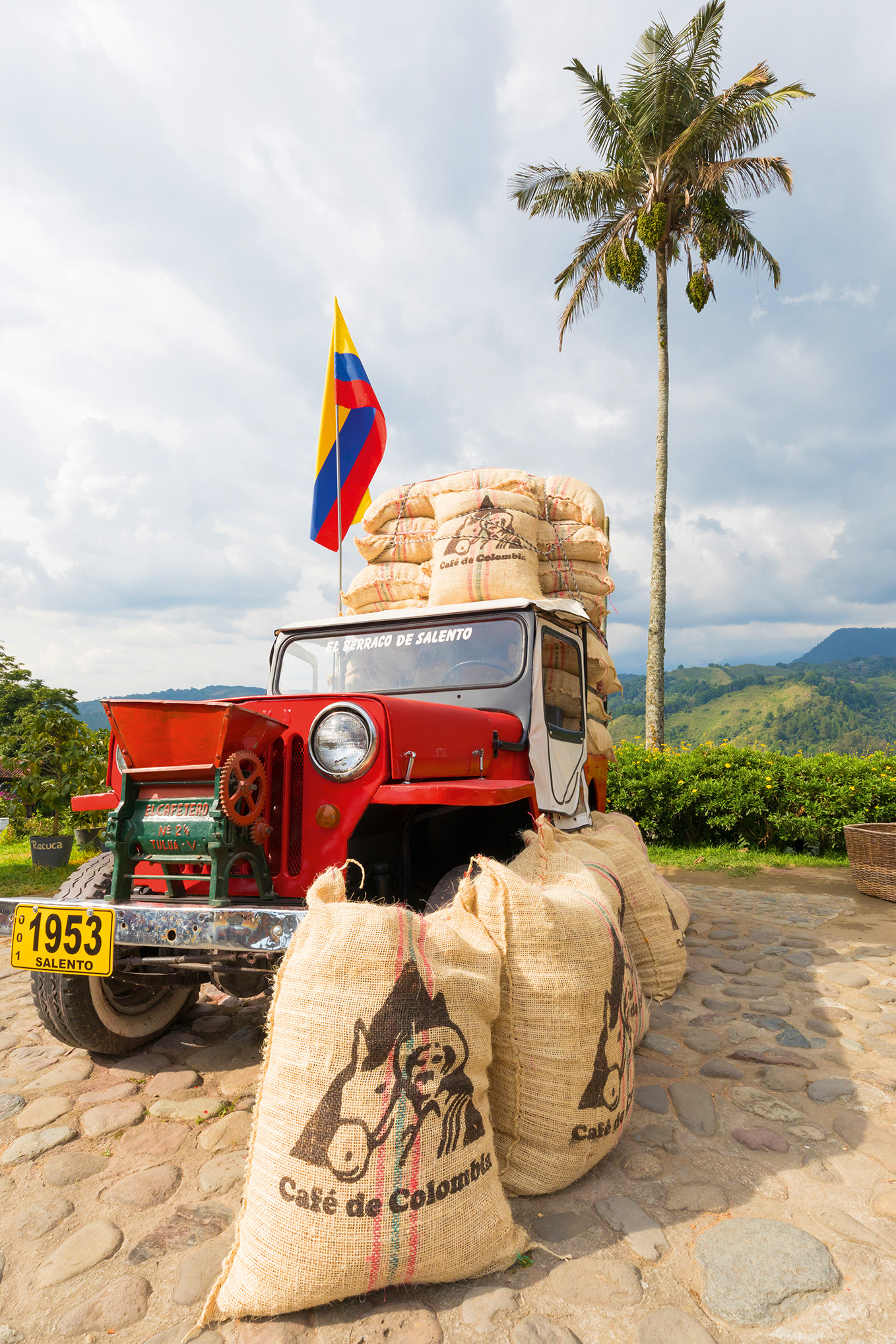
There are many counterfeits both of Colombian and African coffee. According to the standard, the packaging must have the manufacturer's name, the region and height at which the plantations are located. The most delicious drink comes from the berries growing at 1,600 to 1,800 metres with orchards and gardens on the same plot. Every 80 meters, some fruit or vegetables should grow. Otherwise coffee will be too sour. Fruit is better because it fills the soil with distinct aromatic substances, and coffee will be moderately acidic.
Arabica is better than robusta, because the first is handpicked and the second - mechanically, and some damaged berries can get into production. And while robusta is stronger, it doesn't mean a better quality.
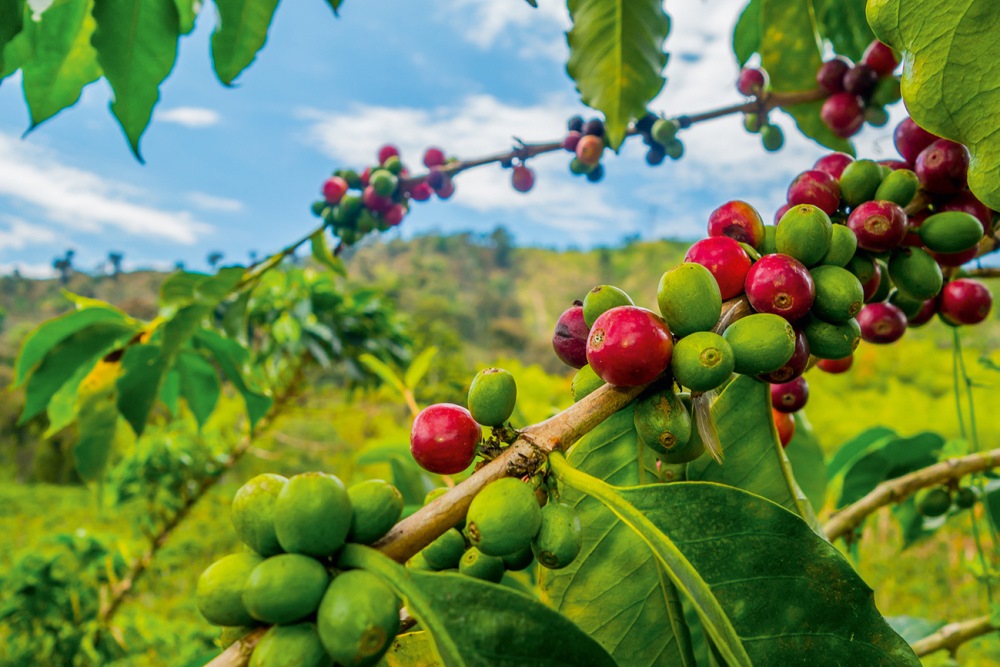
We've been told that coffee starts to bring fruit from the third year, but it takes five to six years to get the best harvest. On the seventh year the plant is being pruned. And the average lifespan is 22 years. Every year, a plant fructifies twice, up to three kilos of berries each time. They are treated in three ways: in the shell, with and without waching.
We visited the plantation before the harvesting began and saw few farmers. There will be more in high season. Harvesting is a tedious process, I've tried and picked 110 grams of berries. Others from our company did even less. And the payment is minute.
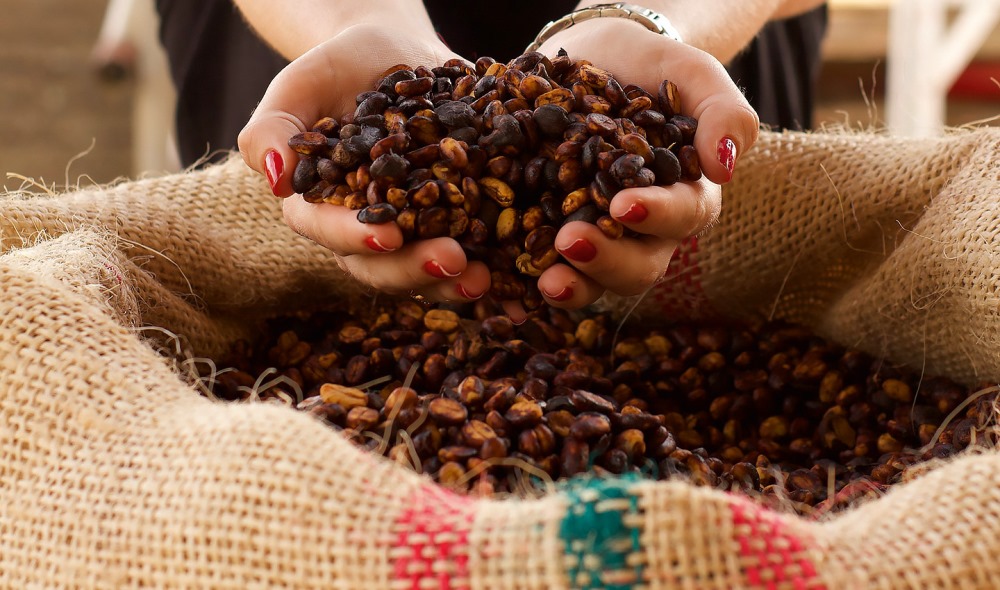
Contradictions of Escobar
We visited a place where Pablo Escobar used to live and his prison was located. He built it himself. We retraced the steps of the drug lord, visited his grave. People have contradictory opinions about of him. Some say he was a villain. Someday, to get rid of one enemy, he blew up a whole plane, as a result of which 107 innocent people died.
The authorities are trying to erase Escobar out of the country's history. Recently, they ordered to destroy Escobar's house with the words, 'Never ever again.' And guides are fined for taking tourists to his prison. This one he built for himself.
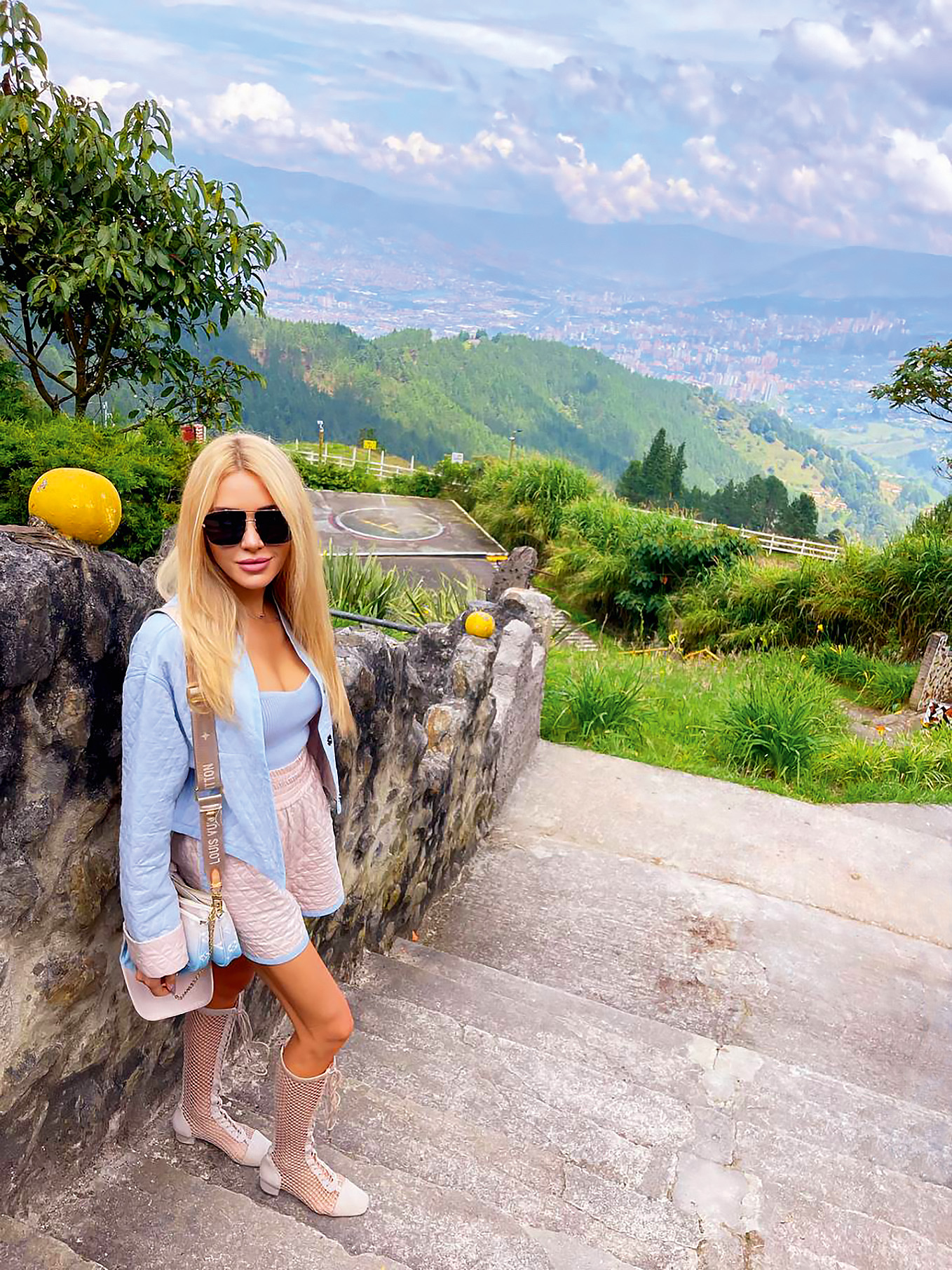
He built his prison amid a picturesque landscape, equipped it with a helipad, an open-air gym and a recreational zone. The pool table, the giant dining room, the office with fabulous furniture and statues.
He and his brother, who was the financial director of the drug lord and narcoterrorist, lived upstairs. The guards of Escobar resided below.
Villain as he was, for some Colombians Escobar is a national hero: he built the whole districts, provided dwelling and helped everyone who asked for.
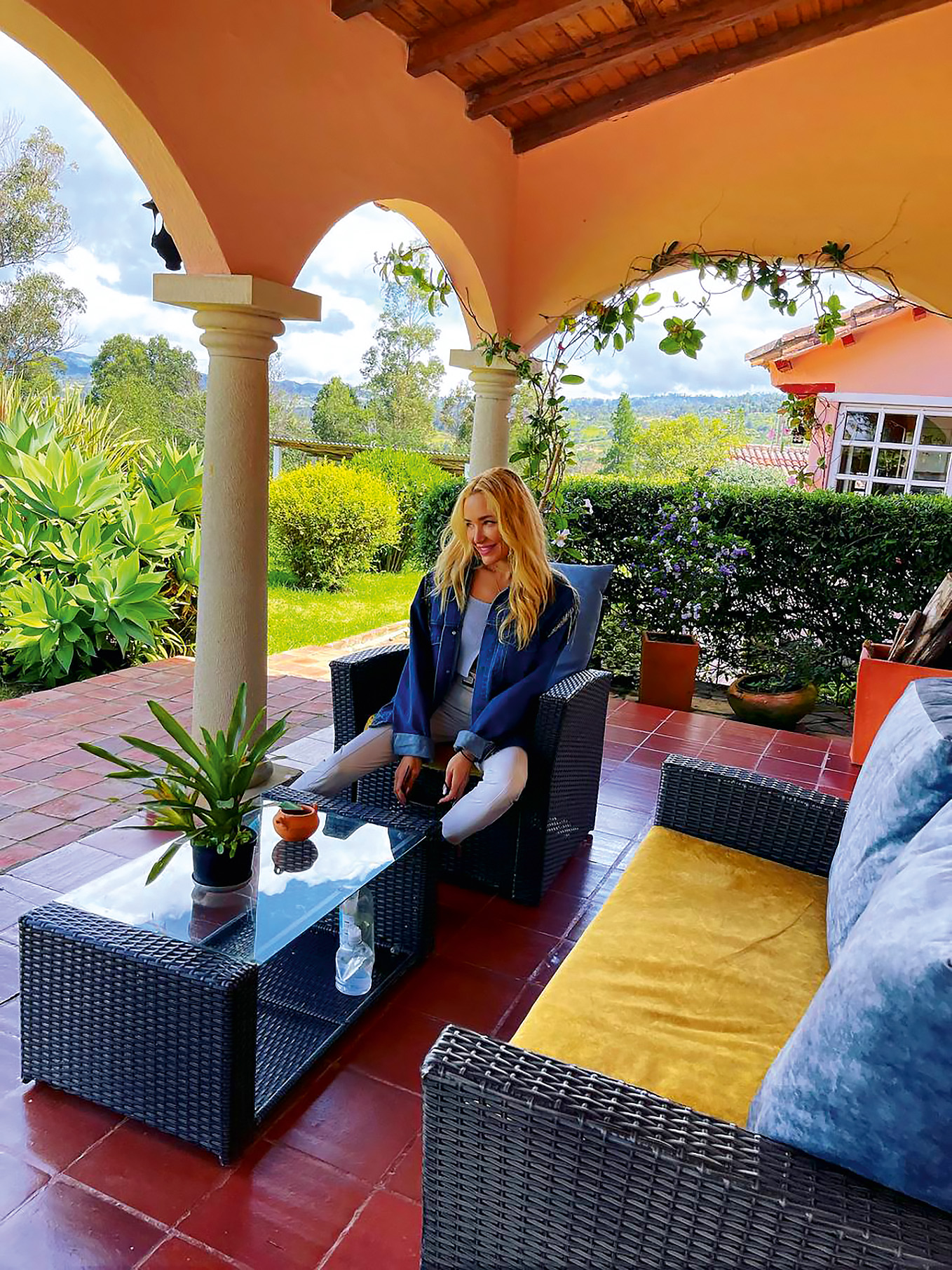
We have talked to Escobar's brother. He's very old and almost blind, but speaks highly of Pablo Escobar, describes him as generous and kind-hearted. Being ranked number 7 in the Forbes list, he never refused to help anyone. Every week he handed out millions of chickens, as he remembered his childhood when on a holiday they had one chicken for the whole family.
As the Colimbians say, "If you don't have beer, you can buy rum. But if you don't have love, you are a scoundrel.' This is the principle they stick to.

